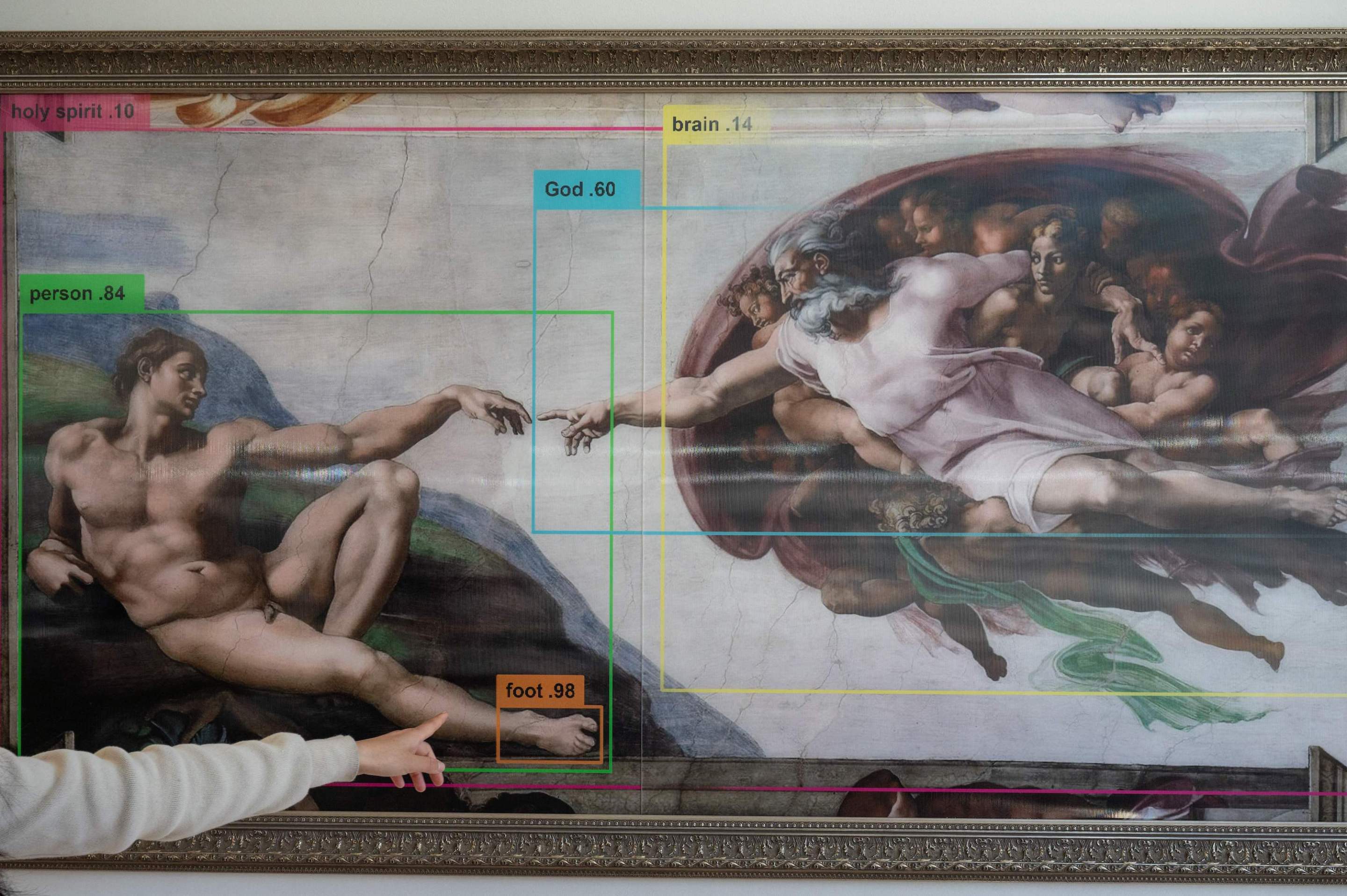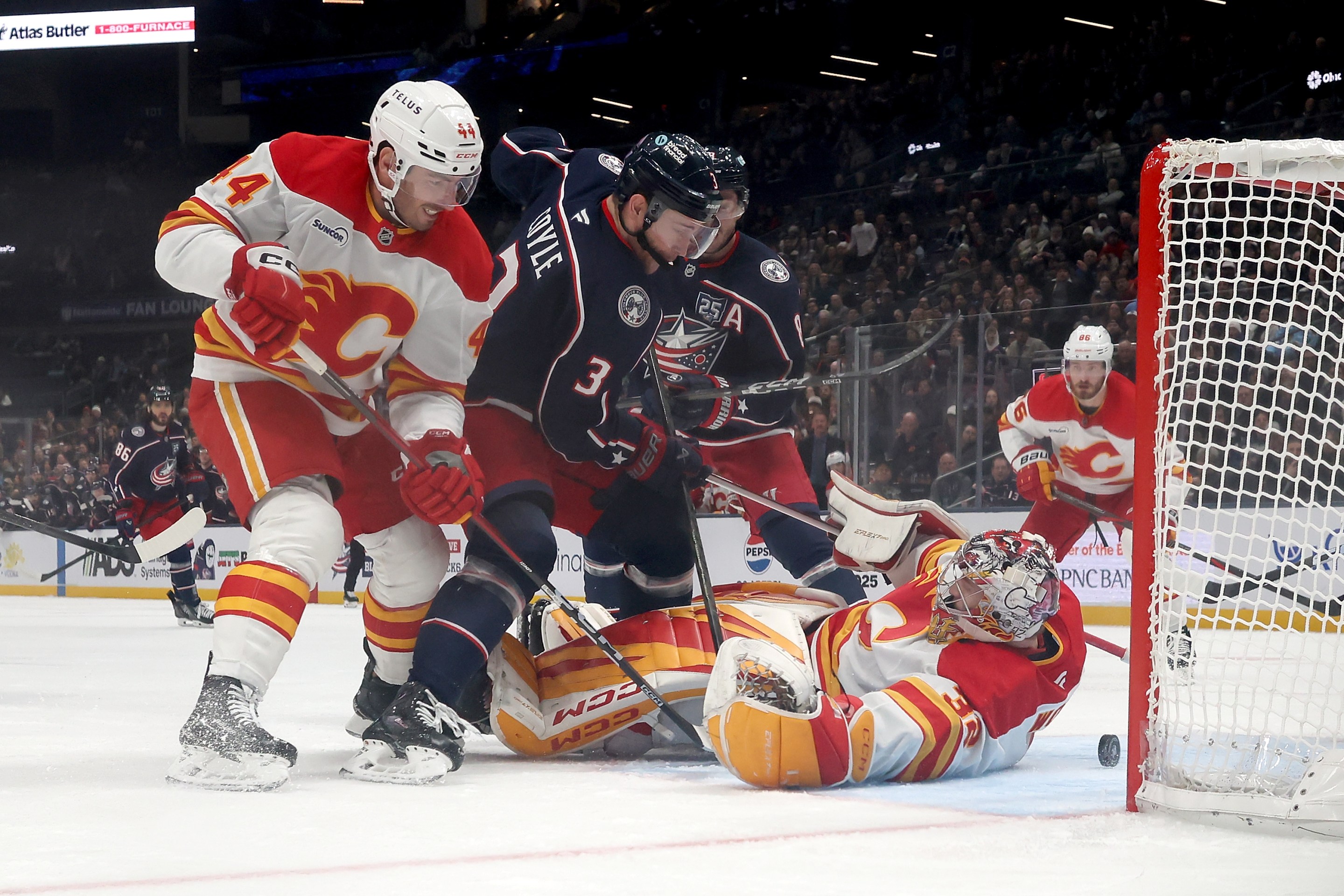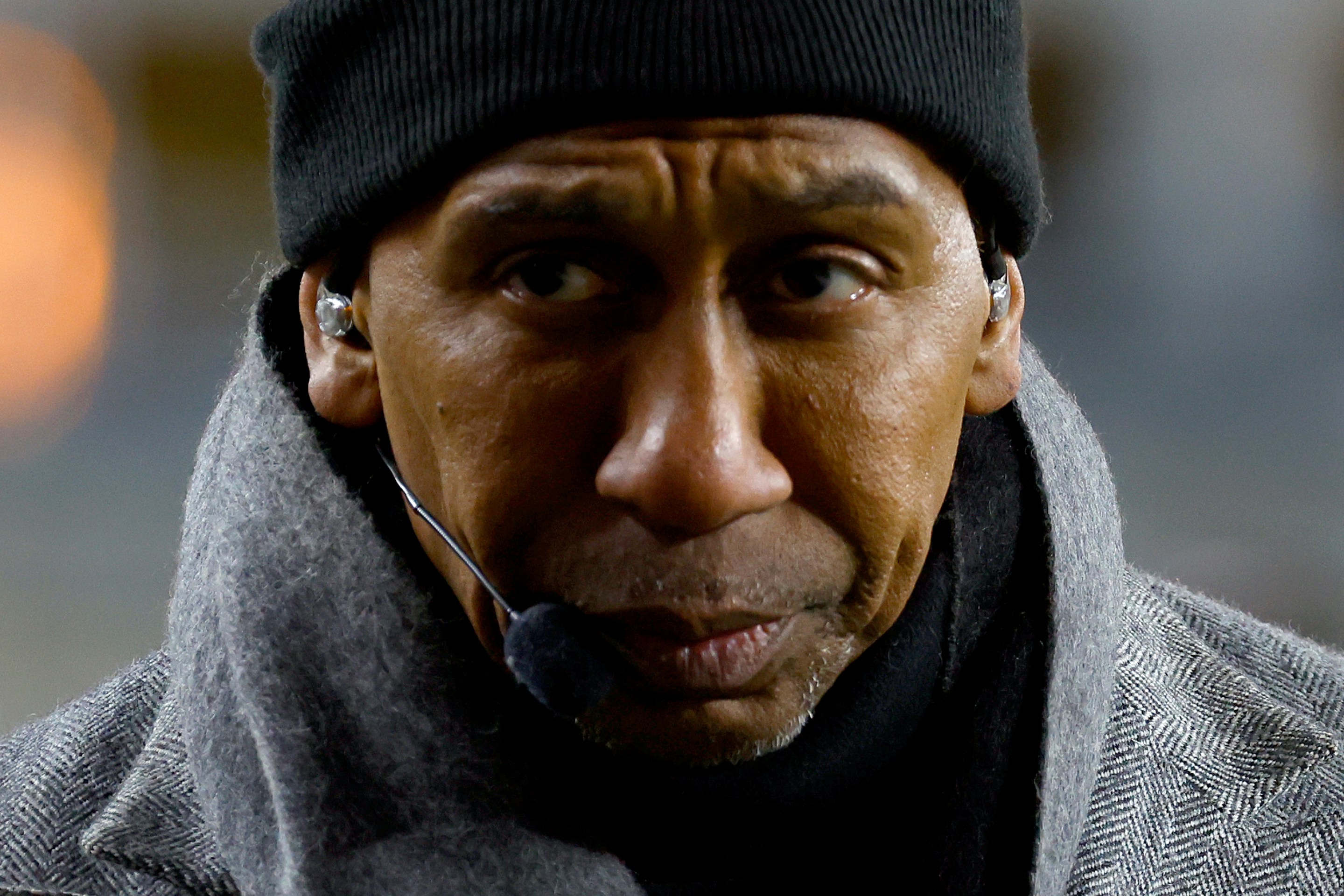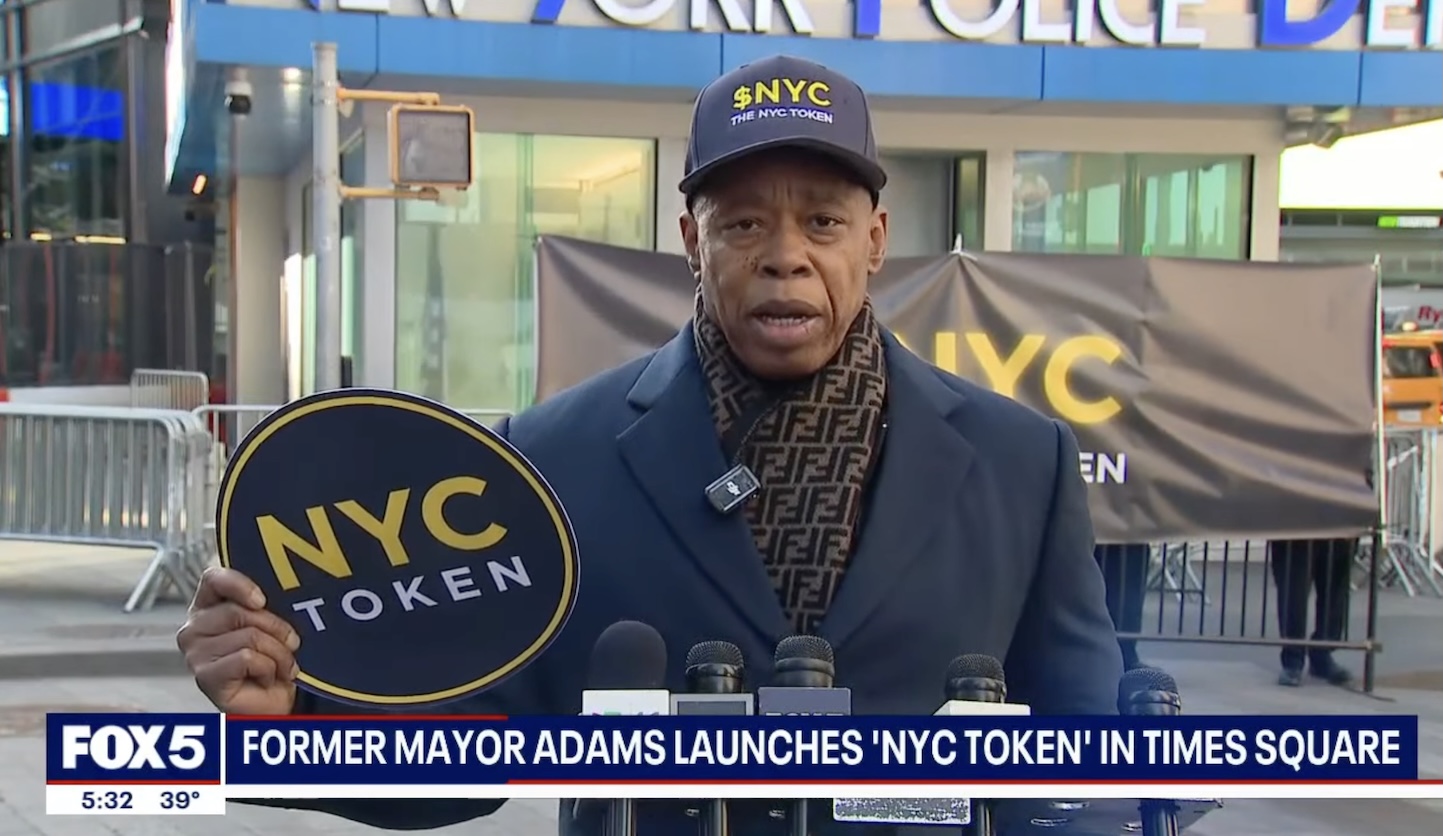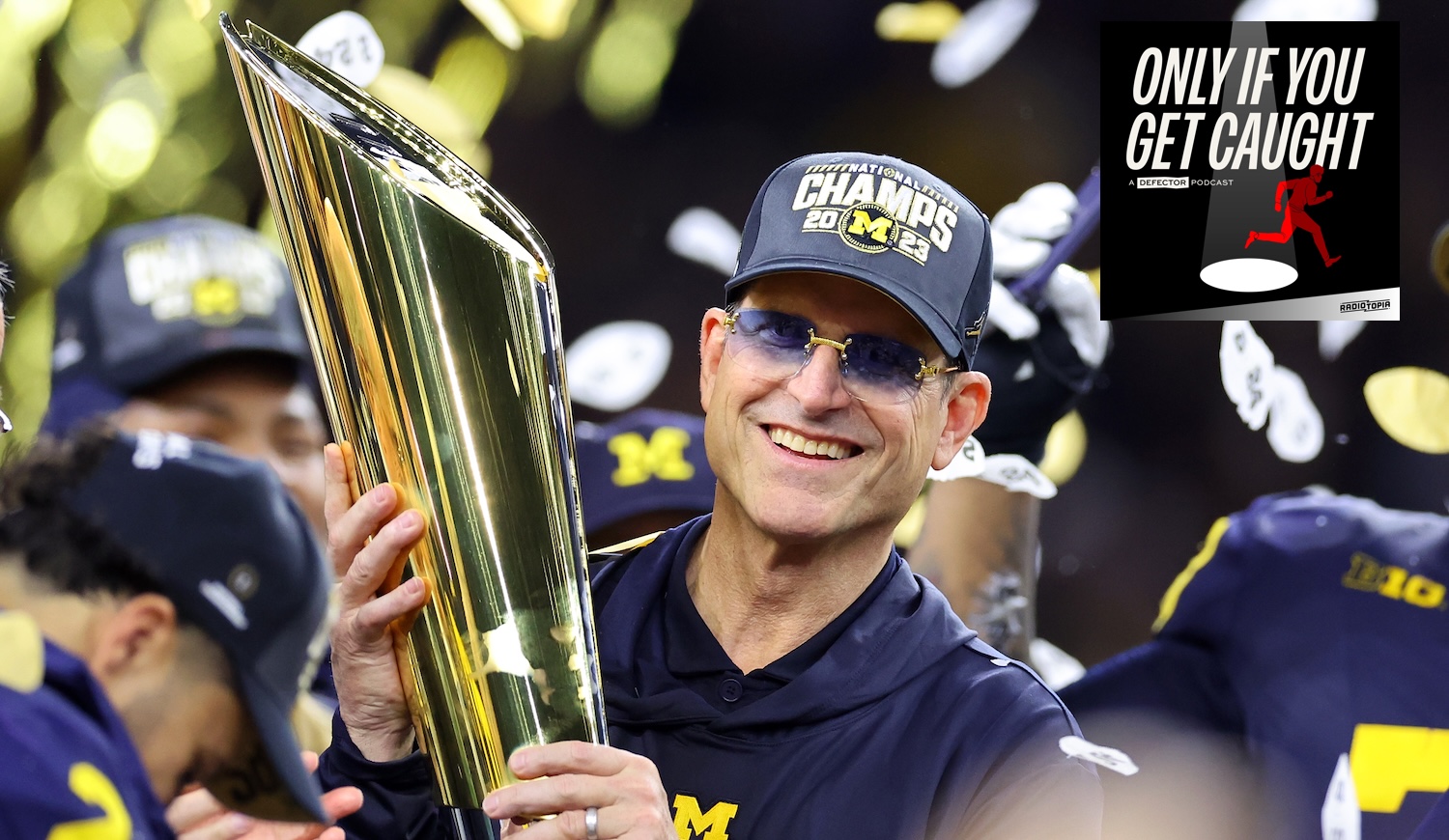Art is linear, and so artificial intelligence cannot create art. This is a controversial opinion among the kinds of people who care about both art and AI, so let me explain.
Art is a concept that describes two things. There is the obvious, material thing which is a piece of art. A canvas with paint on it. A sculpture of some kind. A scribbled drawing. A sonnet or piece of music. These are all things that qualify as art, and only a fool would deny that the material expression of art is linear: one thought causes another, and all of a work’s influences are present in it, if not necessarily visible. One can easily trace the impact that specific events have on material artistic expression. Industrialization, which created a linear iteration in the West known as modernism, or the forced opening of trade with Japan that shipped in ukiyo-e works and ushered in the Japonisme trend among French alcoholics. If artistic expression was not linear, the names of those that inspired future generations wouldn’t attract such awe from art’s practitioners. People are welcome to rewrite the history of the arts all they want, but the paintings are still signed by people that artists aspire to.
But art is also more than the sum of material output. It is a language or means of expression, and likely our earliest iteration of communication. Cave drawings predate the written word, and pictography is still prevalent in Chinese script, the oldest writing system we have. Art has always been inside of human beings, who have gradually acquired the means to express it. Back when The Word was the vehicle for artistic expression, this was known as a divine spark. Now that the modern man has become so smart that God isn’t useful, I’m not sure what it’s called anymore. Probably something derogatory. People who are bad at making art are normally the best at figuring out ways of reducing it to insignificance, which is probably why machine-worshippers are trying to do just that.
Artificial intelligence is currently at the center of at least a hundred different intellectual property disputes, from the ongoing Writers Guild of America strike to the question of whether AI-generated music is theft for leveraging past creative output to make a “new” lifeless audio product. This is relevant to the question of art’s linear nature because linearity is at the center of the argument: if AI is nothing more than a tool, then how can one say that it is different from the invention of the paintbrush or the canvas? This is a false equivalence for many reasons but one most prominent among them: none of those tools were attempting to artificially replicate the human mind, which is the only place where linearity and artistic expression reside.
AI art is for dull people. More specifically, it is for the kind of dull person that thinks having an idea is the same as creating art. A piece of AI art is generated by typing an idea into a box and letting a computer fart out the median example of that idea, according to its massive dataset, much of which was actual art and is now just statistical noise to be smoothed. Gone is the linearity of a mind’s influences over a lifetime, replaced by a monstrous amalgamation of every artwork ever made, reduced to binary and aped. AI art is cowardly because the person using it—who may even have the audacity to call themselves an artist—lacks confidence in their ability to create without the crutch of consensus, autogenerated by an algorithm developed by the least artistic people who have ever lived.
As art left its spiritual origins and entered The Marketplace, it also surrendered daylight between art as art and art as product. And nobody wants to make a product. They have to pay people money to go to work and make products; people have been making art for free since the stone age. We evolved with it. The attempts to muddle it with commercialization and industrialization and now algorithmic synthesis are an attack on creativity, and a mini-lobotomy for the casual consumer. It's no wonder that professors preaching the inherent worth of artifice are also setting their students up with workshops that leverage commercial talent scouts ready to factory farm some content.
There are surely applications for artificial intelligence that improve existing technologies (web search, for example) and it’s a waste of time to argue about whether it should or shouldn’t exist. If there’s one constant in internet culture since its dawn, it’s that piracy is a feature rather than a bug. The programs will keep running, the inputs will keep coming, and the outputs will get ever more refined. Thus, it has become more important than ever to exercise a unique human trait to defeat the art generated by doofuses typing their sub–Rick and Morty jokes into the box: snobbery.
Snobbery stopped being cool sometime in the last decade, right around when Poptimism turned otherwise discerning critics into flacks. “Let people enjoy things” became an accepted counterpoint for anyone willing to stand up and loudly proclaim that a piece of art sucks ass and the people who like it should be embarrassed. The machines have changed that. AI is going to give the Poptimists the world they deserve by churning out efficient and lifeless blockbusters that are the median of the most popular culture shoved into the computer’s gullet. The only defense one has against this is to exercise the innate human instinct to cry out when presented with bland, redundant images and sounds. Say that it sucks. Tell your friends that their AI art is stupid and boring. Ask them why they couldn’t learn to draw it instead. Draw it yourself and tell them that what you made is better, because by putting in the effort to create something with your own hands you have already put some of yourself into it.
The subjectivity of the quality of individual works of art does not change that the act of artistic expression itself is not subjective. It is, in fact, a very objective, well-defined process of synthesizing past influences, modern existence, emerging ideas, and the one-in-a-gazillion unique perspective that an individual human mind—hidden away from the droning monotony of the consensus—can add to make it something new. Synthesis, a linear act, is a uniquely human trait. With that in mind one can very easily come to an immovable conclusion: Not only is artificial intelligence incapable of creating art, but using it in any capacity to aid the creation of art is a pathetic act of surrender. The computer is capable only of memory, the lowest form of thought.
You do not need to be a professional critic to know this truth or to recognize AI artists’ attempts to defraud it. You just need a brain and a heart. Americans live in a cultural technocracy, which has served the art world poorly. Expert culture is useful for understanding scientific matters that genuinely require decades of studious commitment to a niche aspect of modern existence, like when to use a vaccine or how to manage the flow of traffic in a city. It is less useful when it convinces hordes of people that an educated person is more qualified to tell the public which aspects of their culture do or do not have inherent value. But art is humanity at its most innate. It’s not about having the skills to properly assess an artist’s precision nor is it about having the schooling to know the difference between Baroque and Rococo influences. Instead it’s the feeling in the pit of the gut that reminds the viewer that they’ve seen the trick that the AI artist is trying to obscure, and recognize the scam at its center.
Today you can, in seconds, have the machine whip up a passable caricature of a Hokusai, a Sargent, a Degas. You can display and share it across any number of LCD screens. But have you ever held a hand-carved ukiyo-e board, and looked at it up close? Have you seen the flaws in the line work that aren't cause for shame but celebration, because in the Buddhist tradition one is meant to embrace wabi-sabi, an untranslatable phrase that roughly means to find beauty in ephemera and imperfection? Have you felt the grain of the wood that had sat undisturbed for centuries before one devoted human sat and carved intricate messages of perseverance and faith and love and pain, or wondered how their hands ached while tracing the minuscule etchings with your fingertips? Have you marveled at the brightness of the blue—bluer than any pixels can capture—and wondered just how much one must care to preserve such beauty with such permanence? This art is not just better, though it is that. It’s fundamentally different. It’s human.
